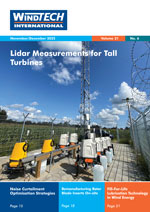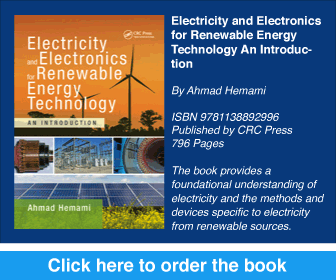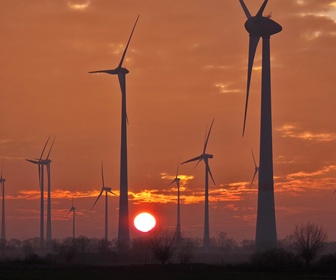An increasing number of wind turbines are approaching the end of their operational lifetime. Europe has 290 GW of wind capacity, and around 80 GW will reach the end of their theoretical operating life by 2030, although many turbines will continue to run. Some will be taken out of service, raising the question of how to manage blade materials. WindEurope’s new circularity hub presents current approaches to reuse, repurpose, recycle and recover blades once they are decommissioned.
Around 90% of a wind turbine’s mass is already recyclable through established waste practices. Blades remain the main challenge because they use durable composite materials that are difficult to separate. The European wind industry has introduced a self-imposed landfill ban for blades from January 2026, prompting greater focus on alternative end-of-life routes.
Decommissioned blade volumes are set to rise as older fleets retire. WindEurope estimates that annual blade waste will increase to about 55,000 tonnes by 2030, up from roughly 20,000 tonnes in 2025. Most of this will come from long-established markets such as Germany and Spain. The growth in waste streams is driving new activity within the supply chain, with more companies developing processes for reuse, repurposing, recycling and recovery.
WindEurope’s circularity hub brings these developments together, highlighting new facilities and solutions already in use. European firms are investing in processes that offer second-life applications for composite materials from blades.
The forthcoming Circular Economy Act from the European Commission will place further attention on waste management. WindEurope notes that current waste codes do not distinguish turbine components, making them harder to track. Dedicated codes for blades and permanent magnets would support clearer handling and treatment across Europe.










